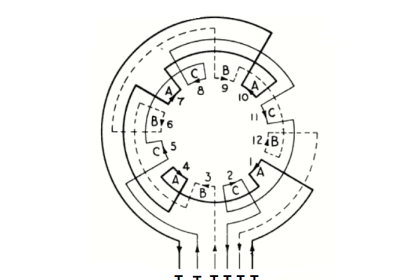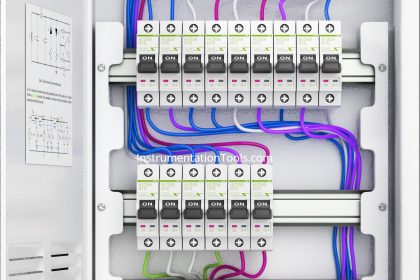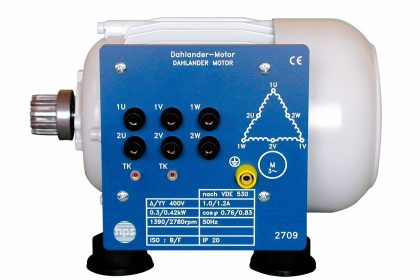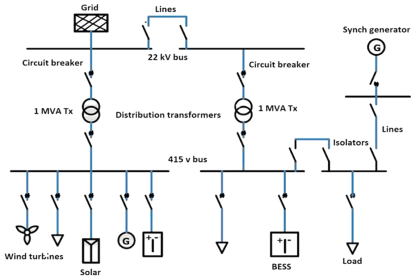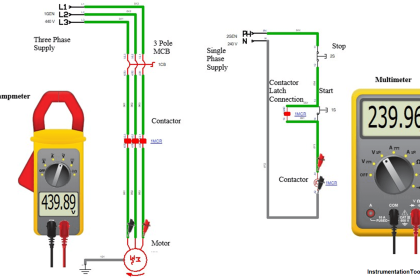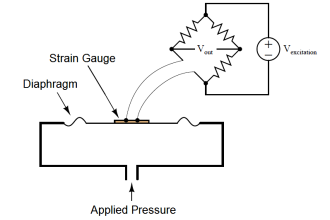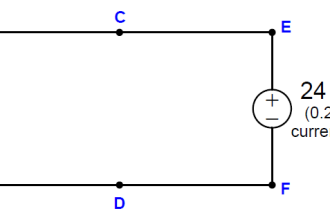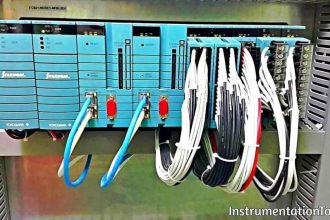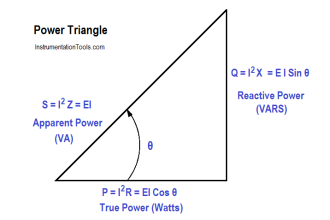Circuit breakers are available in two types.
- Inverse-time circuit breakers, also called Thermal-magnetic circuit breakers.
- Instantaneous circuit breakers are also known as magnetic-only circuit breakers.
Inverse Time Circuit Breakers
The inverse time circuit breakers associates with a thermal characteristic. At lower over current levels, the circuit breaker must wait for some time to see if this temporary fault.
After letting the overcurrent flow for some time, if it is still experiencing some fault current then the interrupting circuit breaker must break the circuit. This is called the inverse time characteristic.
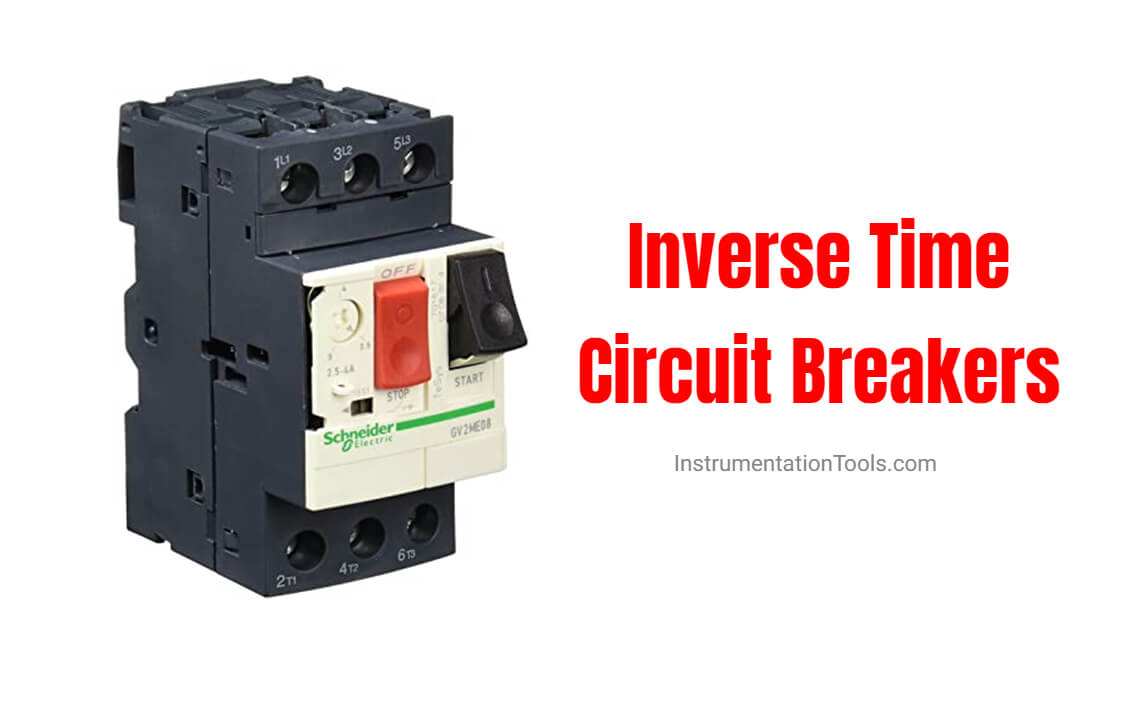
These breakers commonly use a bimetallic element that bends to hit a trip release when it is heated. With a low overcurrent, the heating is low and the element bends slowly. More overcurrent more heating and faster it bends. Hence, it is “inverse time”.
Inverse time circuit breakers have both thermal and instantaneous trip characteristics and are preset to trip at standard adjustable settings. Their characteristic inverse time-tripping under overload conditions is ideally suited for many applications ranging from residential to heavy industrial loads.
The thermal action of the inverse circuit breaker responds to heat. If a motor’s ventilation inlets and outlets are not sufficient to removing heat from the windings of the motor, the heat will be detected by the thermal action of the circuit breaker.
In the case of a short circuit, the magnetic action of the circuit breaker will detect the instantaneous values of current and trip the circuit breaker.
The National Electrical Code (NEC 430.52) requires inverse time circuit breakers to be sized to a maximum of 250% of the motor full-load amperes (FLA).
Instantaneous Trip Circuit Breakers
The instantaneous breakers, also known as magnetic-only circuit breakers. They look like thermal-magnetic circuit breakers.
They don’t have a thermal trip function and will not protect from an overcurrent, not even for themselves.
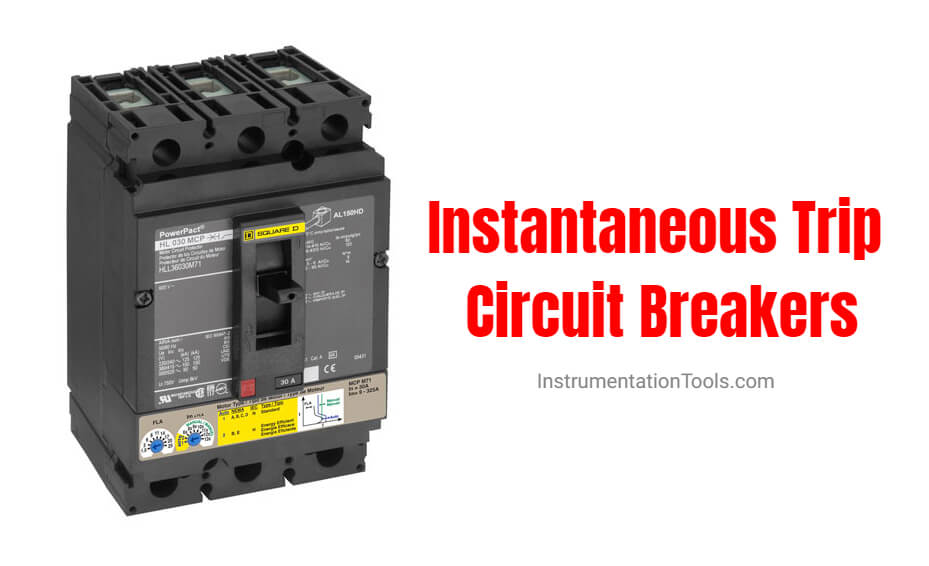
They react only to instantaneous currents such as short circuits. Instantaneous-trip circuit breakers are designed for one very specific purpose, that being to provide branch-circuit short-circuit protection for motor circuits. As per the NEC standard, their use only in listed combination motor controllers.
The most widespread use of these breakers is in combination with motor starters. A motor starter comprises a contactor and overload relay.
The contactor has a different function and provides no protection for the motor, the motor’s circuit nor itself. The overload relay provides motor overload protection as well as cable overload protection so long as the cable is sized properly.
Reference: F. A. Scheda, “Transient inrush current in high-efficiency and standard motors”, IEEE Trans.
If you liked this article, then please subscribe to our YouTube Channel for Instrumentation, Electrical, PLC, and SCADA video tutorials.
You can also follow us on Facebook and Twitter to receive daily updates.
Read Next:
